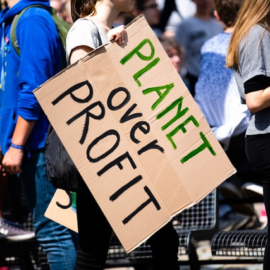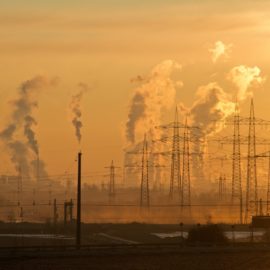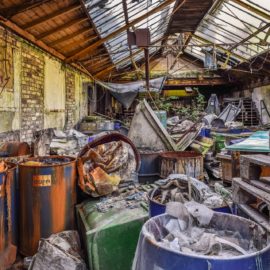
Probably not this bad and it will also lower river water, but less rain.
After a typically rainy summer in south Louisiana, it’s been nearly a month since any precipitation fell in New Orleans. And the metro area is likely to continue to dry out. In fact, meteorologists say the entire state will likely be in a drought by December. Nine Louisiana parishes are already in a state of drought, including portions of Acadia, Calcasieu, Cameron, Iberia, Jefferson Davis, Lafayette, St. Martin, St. Mary and Vermilion parishes, according to the U.S. Drought Monitor, a partnership between the University of Nebraska-Lincoln and the federal government. Those parishes, comprising roughly 7% of the state’s area, have an increased risk of fire, according to the drought monitor. Drought conditions can also cause rivers and other bodies of water to dry up, leading to adverse ecological effects.
nola.com
We were dry January through June, then rain and now dry again. The Mississippi River is low.
The latest dry spell comes a few months after much of southern Louisiana weathered a drought that lasted from January through June, which kept local river levels at least 2 feet lower than last summer. And drought conditions are happening across most of the western U.S. already, the monitor said. This is partially due to La Nina conditions — a cooling of surface currents in the central Pacific Ocean — persisting for the third consecutive year. Also, the U.S. is undergoing a circulation pattern dominated by high-pressure ridges in the west that limit rainfall and low pressure troughs in the east. That results in cold and dry air being pushed down through the central U.S. from Canada. “It’s a northerly flow, so the moisture from the Gulf of Mexico is not coming in, it’s being pushed away,” said NOAA meteorologist Richard Heim. “For droughts, it’s the worst possible pattern you could have.”
By December, the whole state will be drought stricken.
By December, the National Oceanic and Atmospheric Association predicts that all of Louisiana will likely be in drought. “No matter how much precipitation a place gets, the vegetation, the trees, the agriculture, the cities, the industry, everything develops to expect an amount of precipitation,” said Heim. “If you’re getting less precipitation than you’re accustomed to, that’s going to impact you.” The local drought comes at a time when the Mississippi River is at its lowest level in a decade, although the Mississippi’s feeble flow owes mostly to a lack of precipitation elsewhere. The river’s watershed includes all or part of 32 states and two Canadian provinces; much of the rain that falls in Louisiana flows to the Gulf of Mexico through other outlets. In the past week alone, eight shipping vessels traveling through the state have been grounded because of low levels in the Mississippi, according to the U.S. Coast Guard. The latest grounding the Coast Guard reported was Tuesday near Lake Providence, an incident where multiple barges ran aground. The Viking cruise-ship line canceled a cruise this week that was headed upriver from New Orleans because of the low river.

National Drought Mitigation Center
It has been about 10 years since the last dry spell.
Louisiana has seen more serious droughts in years past. The most intense period of drought in the state in recent memory peaked during June 2011, when a lack of rain caused widespread crop and pasture loss, a dent in the state’s mosquito population and complications for commercial and recreational fishing, according to the drought monitor. The state’s longest drought of the past two decades lasted 107 weeks from 2010 to 2012. Historically, October is usually the driest month for southeast Louisiana. The state receives about 4% less rain in October than it does in a typical month, according to the National Weather Service. And this October has been drier than usual so far. This week, for instance, the southern part of the state has seen 1.5 inches less of rain than normal. Less than an inch of rain has fallen in the past two weeks across the state, with a majority of parishes receiving no rain, according to the weather service. The NWS forecasts the dry spell to continue at least through Tuesday.
I see it as the drain barrels run dry and the grass is brown and the flowers are not doing too well.



